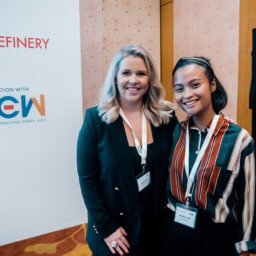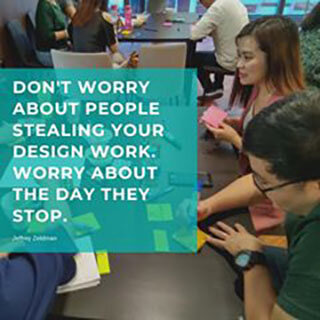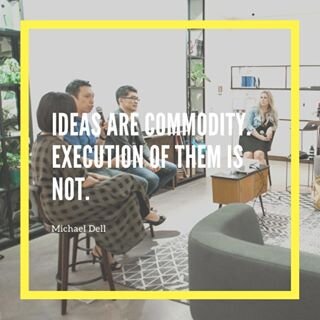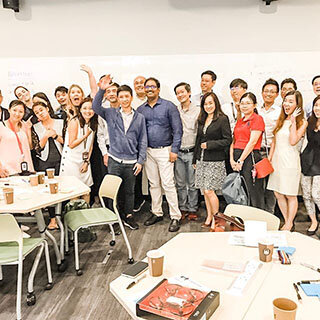Hello everyone! My name is Kavin, and I am currently studying for a Bachelor of Communications at The University of Queensland. Recently, I have successfully completed an internship with Startup2Life and here is my journey.
I had an amazing time as an intern and had a rich learning experience as well. It opened my eyes to the vibrant and exciting world of entrepreneurship and innovation. A single blog post would not do justice to the immense lessons I observed over my internship. Nonetheless, to summarise them to my best ability, here are 10 Concepts I learned while interning at Startup2Life.
What’s great about all these concepts are that they do not only apply in a business or entrepreneurship context. They can also apply to many other aspects of life. I came to observe them being explained and applied while sitting in on workshops and meetings. They have made an impact on me as they have changed my perspectives on life.
1. Personas
One of the first tasks assigned to me as an intern was to develop a customer persona. This meant creating a detailed profile of a typical client or customer whom we would engage with. Being detailed was not an understatement. Brainstorming intricate details about such a persona helps us understand the issues they face. This helps us to empathise and curate our products and messages to align perfectly with their wants and needs.
2. Buyers/Customers Journey
This is a widely known and popular concept. I was taught to apply it and it opened my views to the perspective that every buyer/customer actually goes through a process from “Awareness” to “Consideration” then “Decision”. At each stage, a customer experiences different wants and needs. It is critical to comprehend this, as previously mentioned about personas, key messages and tactics need to be customised to target customers effectively at each stage.
3. Pain-points
Pain-points are another vital concept that assists in understanding customers and other stakeholders. A pain-point is understood as the specific problem that a customer experiences which will prompt action from them.
A weak pain-point is a problem that can be easily solved and causes little inconvenience; such as a minor headache.
A strong pain-point is a problem that is harder to solve and causes bigger big inconvenience; such as a terrible migraine.
Being able to solve stronger pain points for prospective customers makes a business much more viable. Understanding the pain points of customers are important as it helps to prioritise and position services, products and messages to target as many customer pain-points as possible.
To read up more on customer pain-points, click on this link
4. Validation
I always had a perception that once you had a bright idea, you then had to go all out to make that idea work. “Go hard or go home”, as the phrase goes. However, the concept of validation changed my mindset.
I learned that the leading cause of start-ups failing is not because of running out of funds, as many would assume. It is instead because of a lack of market demand. This shows how important validation is, as it doesn’t matter how great an idea or service is, a lack of demand makes moving forward with any venture become that much riskier. I find that this concept relates to anything outside of business that involves an element of risk. It is always a good idea to gather some form of validation before taking a giant leap.
5. Minimum viable product (MVP)
Developing a MVP is an effective method of in testing for validation and de-risking a business. A MVP is a product with only a basic or minimum set of features enough to capture the attention of early adopters. It is a great way of testing validation without investing a large capital. It also allows one to release a product to the market in a shorter timeframe and gather an early user-base.
To read up more on Minimum viable products , click on this link
6. Sale Pipelines
Having worked as a retail assistant before, this concept broadened my perception of the process of making a sale. Almost like a mirror to a customer’s journey, the concept of a sales pipeline is the journey of transforming a sales lead into a completed sale.
I realised that sales are different in B2B contexts compared to B2C. A sales pipeline can stretch across a longer timeline as negotiations carry onto pitches and approvals. Exposure to this process was another valuable learning outcome gained from my internship.
7. Stinky Fish
I have always had an affinity for stories that teach a meaningful lesson. Stinky fish is a concept born from an interesting story shared during a workshop. In a nutshell, the story is about a farmer who bought fish from the local market and was returning home before he got distracted and ended up at a bar. He was delaying his task to deliver the fish home and hence the fish started to stink.
The fish in this story represents unfinished tasks that we might be carrying around with us that starts to “stink”. Identifying one’s Stinky fish helps them become aware of the tasks that we have put off but requires attention. One can then set new priorities and get rid of their Stinky fish.
8. Pivoting
Pivoting is when a startup shifts its business strategy based on its feedback from the market. I learned that many startups do this when they find a more promising direction for their startup, compared to the original business plan.
Pivoting is essential to ensure the survival of a business as it has to cater to the market demand to lower the risk of failure. This is a great lesson in being adaptive and flexible to survive and thrive.
To read on how Startup2life work with startups on pivoting into the energy sector, click here
9. Intrapreneurship
I have come to know this term as the corporate brother of entrepreneurship. Whereas entrepreneurship requires innovation to form a business, intrapreneurship involves innovating from within an organisation.
In an age where industry disruption is happening left and right, intrapreneurship is important for an organisation to remain competitive. It is also vital in keeping creativity flowing within the company.
10. Digital Nomadism
Working with the vibrant and diverse crew at Startup2Life meant interacting with team members from all over the world. This is how I learned about being a digital nomad, made possible by an increasingly digitised world. Certain functions or work require minimum physical presence, or could be easily substituted with video conferencing and instant messaging. This makes it possible to work with team members team members even from the other side of the world.
Written by
Kavin
Startup2Life Intern

















